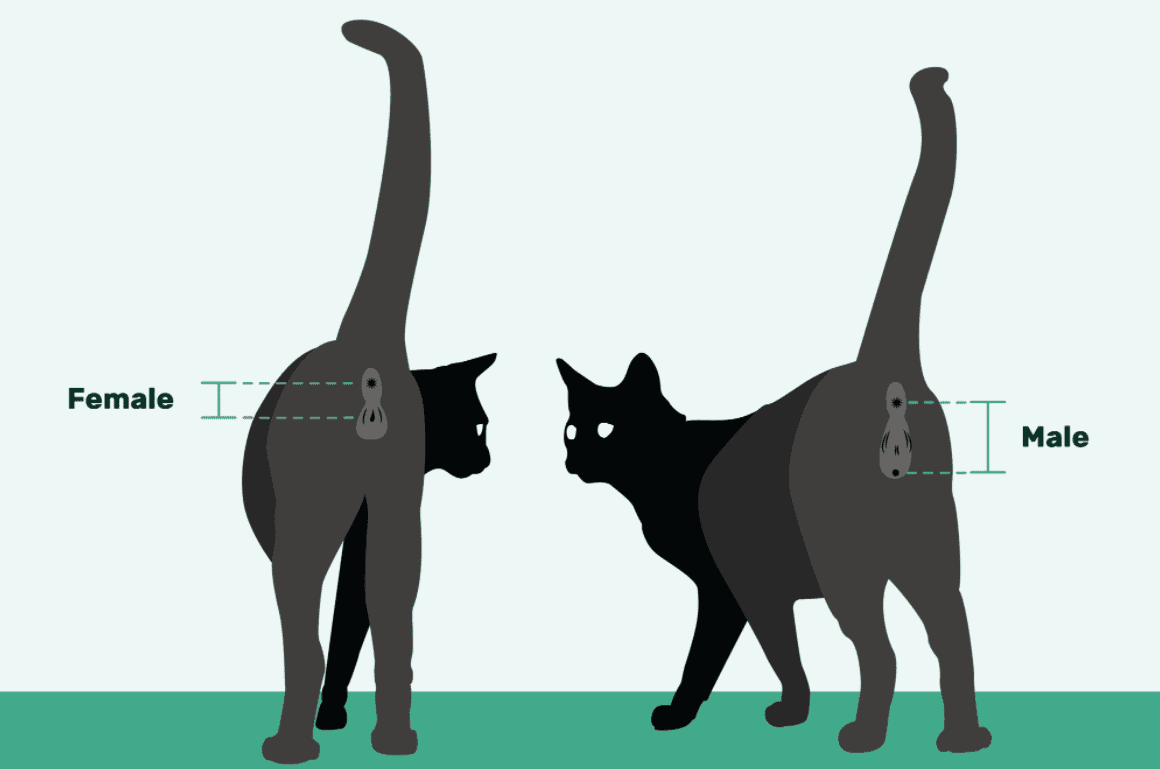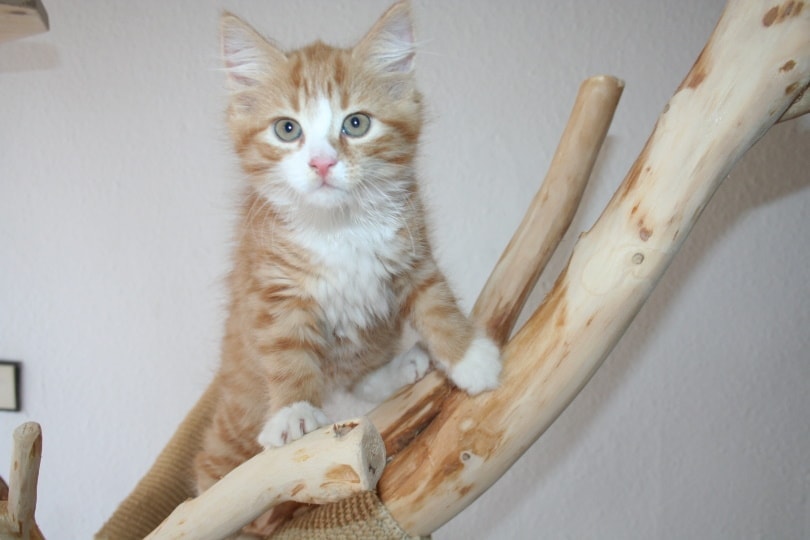How to Determine the Gender of a Kitten (3 Easy Methods)

Updated on

There’s almost nothing more adorable on the planet than a kitten! If you’re helping your cat care for their brand-new litter of kittens, it’s natural to want to know how many boys or girls there are. Or perhaps you’ve just brought home a new kitten from a shelter and are not sure of their sex.
Even for experts, differentiating between young male and female kittens is notoriously difficult because they are not yet fully developed. However, there are a few key signs that can help you figure it out, and these become more obvious as the kitten gets older.
If you are trying to determine the gender of a kitten, you’ve come to the right place! Read on for our detailed guide.
When Can You Determine the Gender of a Kitten?
If you know what to look for, you can usually determine a kitten’s sex from when they’re around 3 weeks old. Before this point, their external genitalia are not yet fully formed, and males look almost identical to females. After about 21 days, a few differences begin to appear, and you can start to make educated guesses about the kitten’s sex.
There are three ways to determine a kitten’s gender.
1. Physical Exam

The easiest way to tell the sex of your kitten is with a visual exam. After 3–4 weeks, a kitten’s external genitalia slowly begin to form, and if you know what to look for, you can distinguish the small differences. It’s important to keep handling to a minimum the first 2–3 weeks of a kitten’s life, though, as too much handling may result in the mother no longer nursing them. Wait until at least 3 weeks before doing a physical exam. Remember to be as gentle as possible so you don’t stress out the kitten. If you pick up a kitten and they seem afraid or stressed, wait until a later stage.
Next, you can gently lay the kitten on their back and take a look just below their tail at the anal opening. While males will not yet have developed a penis or testis at only a few weeks old, the distance between their anus and their scrotum will be farther than a female’s. In a female, the anus and vulva should be close together with no fur between, resembling a lowercase “i” or an exclamation point. Males will have fur between their anus and scrotum, which will appear as a tiny rounded lump that gets bigger as they grow.
This will be far easier to check in kittens around 8 weeks old.
2. Coat Color
A less reliable but simple way to determine sex is looking at your kitten’s coat color. Tortoiseshell, tri-colored, or calico cats are almost always female, whereas orange or ginger cats are almost always male. The former trait is due to sex-linked genes, so these colorations will usually guarantee a female, and about three in four ginger cats are male.

3. Behavior
This is not as reliable as a physical exam or coat color and is only useful once the kittens are slightly older, but behavioral traits can help give you a more definitive answer combined with the previous methods. Males, even as kittens, can be more assertive, dominant, and restless than females, and you may even see them roaming their nests and establishing their territory. Females tend to be more guarded and happier doing their own thing. These traits are not set in stone, though, and behavior can vary widely among individuals.

Conclusion
The only way to be 100% sure of a kitten’s gender is with a physical exam, and the older they are, the easier it will be to determine. Coat color and behavioral characteristics can also help but are not as accurate as a physical examination. Sometimes, you may just need to wait until your kitten is old enough, and while it’s definitely hard to be patient, it’s exciting too!
Featured Image Credit: Gosha Georgiev, Shutterstock











